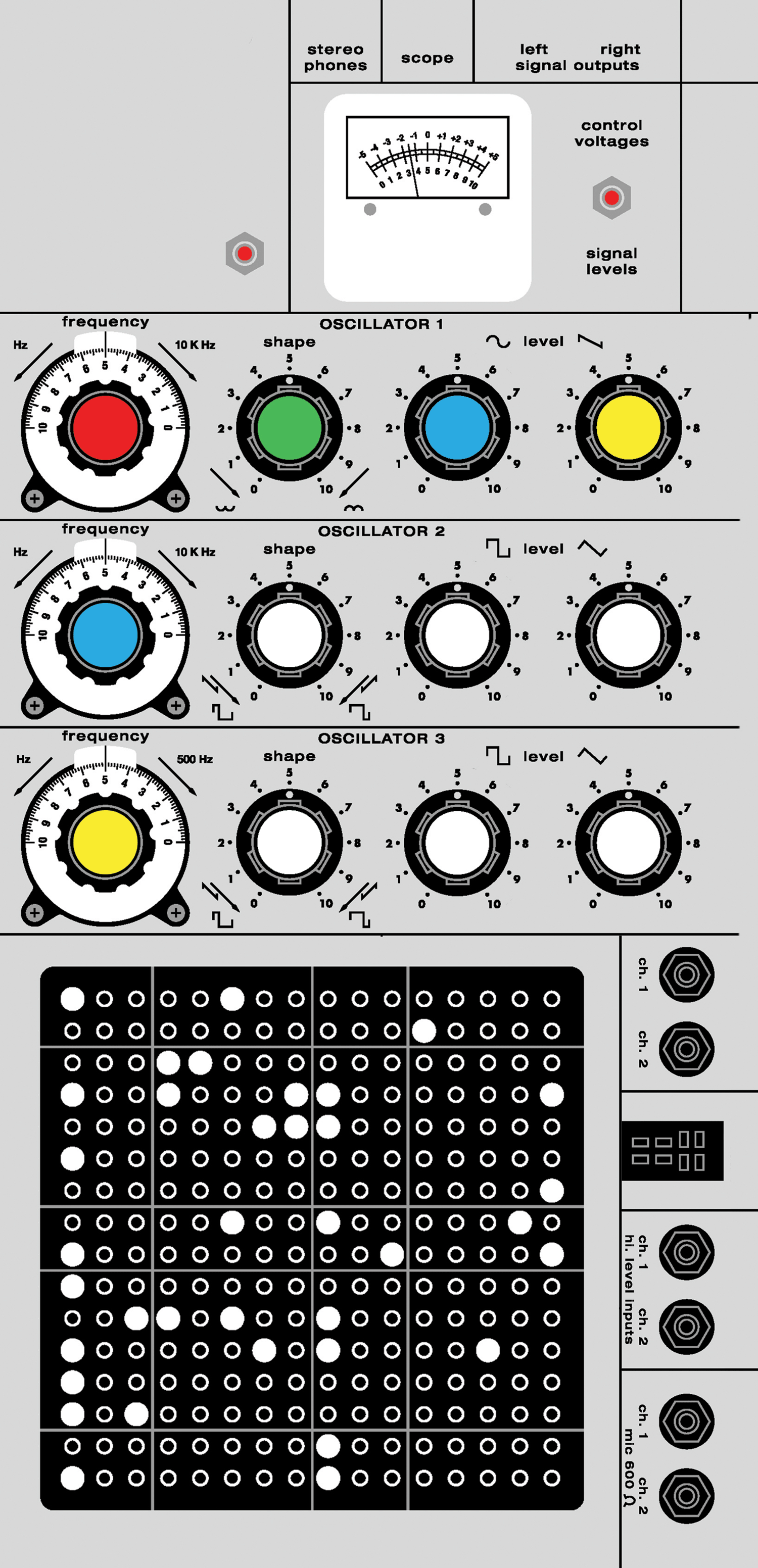The first ribbon microphone was co-invented by Walter H. Schottky and Erwin Gerlach in the 1920s, but the first "broadcast quality" ribbon mics were designed by Dr. Harry F. Olson for RCA. Prototypes of Olson's mics existed as early as 1929, but the first production model was the RCA PB-31, released in 1931. It was soon replaced by the RCA Type 44-A, and variants of the "44" were manufactured from 1932 to the 1950s. The bidirectional 44 line was joined by the unidirectional Type 77, introduced in 1932 as the 77-A, with production of the final 77-DX model ending in 1973. Decades later, countless RCA 44 and 77 mics remain in daily use throughout the world. Moreover, several classic ribbon designs are still being made today, including the Coles 4038 [Tape Op #15] and the Beyerdynamic M 160 [#60]. And in the past couple decades, mics from Royer Labs and AEA have contributed to the resurgence of interest in ribbons. Once you start using ribbon mics, you will quite likely fall in love and find yourself employing them again and again. From vocal jazz to extreme metal, ribbons really shine.
The Cascade Microphones X-15 is a stereo ribbon mic comprised of two matched, hand-tuned ribbon motors positioned one on top the other, offset at 90° in Blumlein configuration. The mic comes in an aluminum briefcase with a 20 ft long, 5-pin stereo XLR cable; a short stereo- to-mono XLR splitter cable; a leatherette pouch for the mic itself; and a shockmount. As an option, you can upgrade from stock transformers to Lundahl LL2912. The latter version was shipped to me for review.
What initially piqued my interest in the X-15 was a YouTube video of Glen Phillips recording an entire album, The Coyote Sessions, live in the studio using a single X-15. This very minimal tracking setup has the players appropriately positioned and self-balanced in the room. The result is — imagine this — a nice recording of well- rehearsed, capable musicians playing music together in the same room. The performance was captured quite well by the X-15, with natural lows and a nice balance across the whole frequency spectrum.
I employed the X-15 on a recent session with NYC- based artist Andrea Wittgens. On this project, I had the luxury of solely producing, handing engineering duties to my pal Sam Hofstedt (Pearl Jam, Soundgarden, Critters Buggin'). For the sake of this review, I requested we use the X-15 on drums and where it seemed appropriate for the rest of the session. On the kit, the X-15 was placed in the space between the rack and floor tom in front of the kick, with its motors generally facing the snare and floor tom. The mic was angled down slightly, with its base hovering above the kick, and its top at the same height as the ride cymbal. It was a useful option — in lieu of or in addition to the overhead and room mics — and it provided solid reinforcement to the snare drum sound and overall drum picture. My expectation, echoed by Sam, was that it would be a flat to dull ribbon mic sound in need of a top-end boost, but we were both pleasantly surprised by the X-15's clear, smooth high-frequency response. This mic made the cut on every mix, whether it was on its own or used in conjunction with other mics.
I had made pre-production guide tracks for several of the tunes we were recording as an alternative to solely using a click. The point was to have elements that contributed to the vibe of the songs as Andrea and drummer David Revelli were cutting basics. To this end, I programmed some beats and then recorded acoustic guitar tracks with the X-15 feeding into a pair of Burl B1D 500-series mic preamps. In mono or in stereo, the guitar sounded natural and smooth in character, and it sat down nicely in the simple mix that I had intended for guide use only. When it came time to get the real mix together, I felt that one of the tunes needed some lifts and arrangement development, so I unmuted the guide tracks to use as an outline for recording final acoustic tracks with Schoeps, Neumann, or other well-regarded mics set up around the studio. I had spent very little time recording these guide tracks, but I was thrilled to find that they sounded fantastic; and with some strategic edits and mutes, I had all the elements required to assemble a fully realized arrangement. Now, I have certainly recorded plenty of acoustic guitar in my day, and I am well-versed in mic placement and pairing of preamps and mics (that's gotta count for something!), but my quick-and-dirty go at capturing acoustic guitar for a guide track sounded more than good enough to make the final mix — and that is a testament to the X-15.
We also tried the X-15 on a set of bells for the same project, and as expected, after using it on the drums, it presented a nice, compatible stereo image of the bells, with clarity even at low volume and with little EQ. It is also worth noting that the X-15 can handle 135 dB SPL, making it suitable for placement in front of loud guitar amps. I wish we had recorded horns in this session, because I love ribbon mics on trumpet and sax. Ribbons tend to mellow out the brashness of brass in a pleasing way, and with the slight rise in the high-frequency response of the X-15, I suspect it would provide a solid, natural tone requiring minimal EQ.
If the price-point for a quality ribbon mic (especially a stereo one) has scared you off in the past, the affordable Cascade X-15 should be on your list of mics to check out.




_disp_horizontal_bw.jpg)